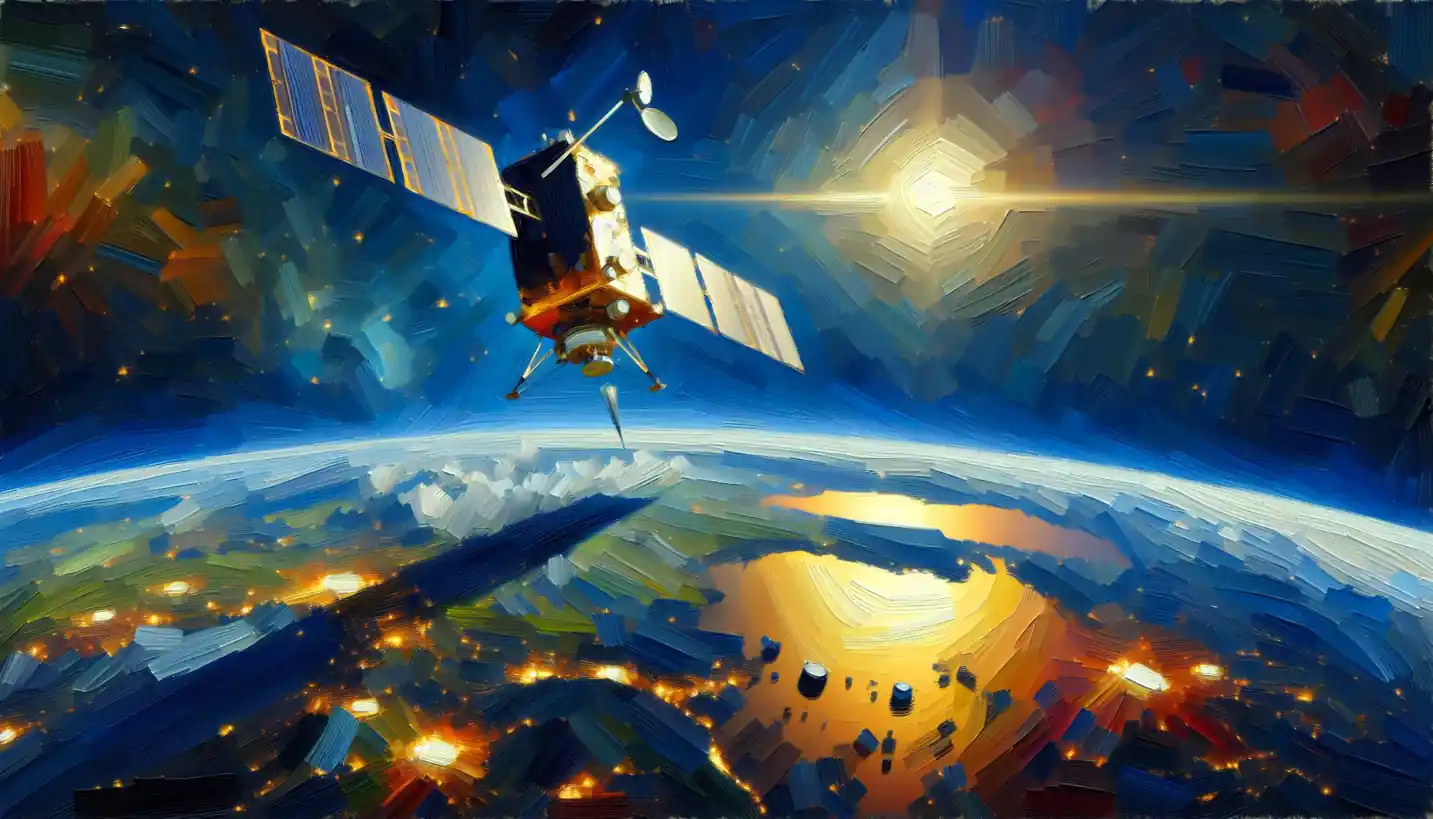· Engineering · 5 min read
Recombinant DNA: The Building Blocks of Life's Innovations
Recombinant DNA technology builds the foundation of modern genetic manipulation, paving the way for breakthrough innovations. Discover how DNA revolutionizes healthcare and biotechnology.

Recombinant DNA seems like a big, fancy term, but it’s not as complicated as it sounds. It’s one of those ideas that’s changed the way we do things in science, particularly in areas like medicine, agriculture, and even environmental solutions. Let’s dive into this fascinating concept and see how it’s reshaped our world.
What is Recombinant DNA?
At its core, recombinant DNA is like a genetic jigsaw puzzle. Scientists take a piece of DNA from one organism and stitch it together with DNA from another. Imagine you have a playlist with your favorite songs from different genres. Just like you can combine them into one ultimate list, scientists can combine genes from different sources to create something entirely new and useful.
The Origins of a Revolutionary Idea
Back in the 1970s, researchers made a breakthrough that would change the face of biological science. By using enzymes, tiny proteins that act like scissors, they could cut DNA from different organisms and, with the help of other enzymes acting like glue, splice these segments together. Think of it as cutting bits of fabric from different patterns and sewing them into a vibrant quilt.
This was the dawn of recombinant DNA technology, an innovation that unlocked a whole new world of possibilities. One of the key figures behind this was Paul Berg, who laid the groundwork for this exciting field. His work sparked the imagination of scientists everywhere, leading to rapid developments in genetic engineering.
How Does It Work?
The process of creating recombinant DNA involves several steps. Scientists first isolate the desired gene—the piece of DNA that has the instructions they need—using those enzyme scissors. They then insert this gene into a plasmid, which is a small, circular piece of DNA found in bacteria. This plasmid acts like a vehicle, carrying the new gene into a host cell where it can work its magic.
Once inside, the host cell has a new set of instructions. It can start making proteins or other substances based on this new genetic information. Imagine giving someone a recipe card; now they can make the dish anytime they want. The host cell, often a bacterium, does just that, producing whatever the recombinant DNA tells it to.
Applications in Medicine
Recombinant DNA technology has been a game-changer in medicine. One of its most well-known applications is in the production of insulin. Before this technology, diabetics relied on insulin extracted from animals. But now, we can create human insulin using bacteria. It’s a bit like teaching bacteria to become tiny insulin factories, churning it out in a pure form that can be used safely by people.
Vaccines have also benefited from this approach. Instead of using weakened or dead pathogens, we can produce vaccines using pieces of the pathogen’s genetic material. This process is safer and can be done more quickly, helping us stay ahead of diseases.
Transformations in Agriculture
In agriculture, recombinant DNA has led to the development of genetically modified (GM) crops. These crops are engineered to be more resistant to pests, diseases, and harsh environmental conditions. Picture a tomato plant that can thrive despite a sudden drought or an insect attack. Through genetic modifications, scientists equip these plants with traits that increase their chances of survival and boost crop yields.
This technology isn’t just about quantity; it’s also about quality. Scientists can add nutrients to our food, making them healthier. For instance, rice has been enriched with vitamin A to combat nutritional deficiencies in some parts of the world.
Environmental Advancements
Recombinant DNA isn’t just limited to medicine and agriculture—it’s also making waves in environmental science. Some bacteria have been engineered to break down pollutants, cleaning up oil spills or removing heavy metals from contaminated water. It’s like having little microscopic workers that help take care of the planet.
Future Possibilities and Ethical Considerations
The horizon of recombinant DNA technology is vast. Researchers are exploring possibilities like gene therapy, where faulty genes in humans can be repaired or replaced to treat genetic disorders. Imagine being able to correct a typo in a recipe before you cook—a similar idea applies to fixing errors in genetic codes.
However, with great power comes great responsibility. The ability to alter genetic material raises ethical questions. What are the implications of modifying genes in humans, and where should we draw the line? It’s a conversation that involves not just scientists, but society as a whole.
The Importance and Impact
Recombinant DNA technology has proven to be crucial in many fields. It has allowed us to tackle health challenges that once seemed insurmountable, improve food security, and offer solutions to environmental problems. The potential it holds for future breakthroughs is immense, but it requires careful consideration and dialogue.
In the end, recombinant DNA reminds us that life itself is beautifully intricate and that by understanding and respecting its building blocks, we can achieve remarkable things. As we continue to explore and innovate, the questions remain: How will we use this technology to shape the future, and what other mysteries of life are waiting to be unlocked?

